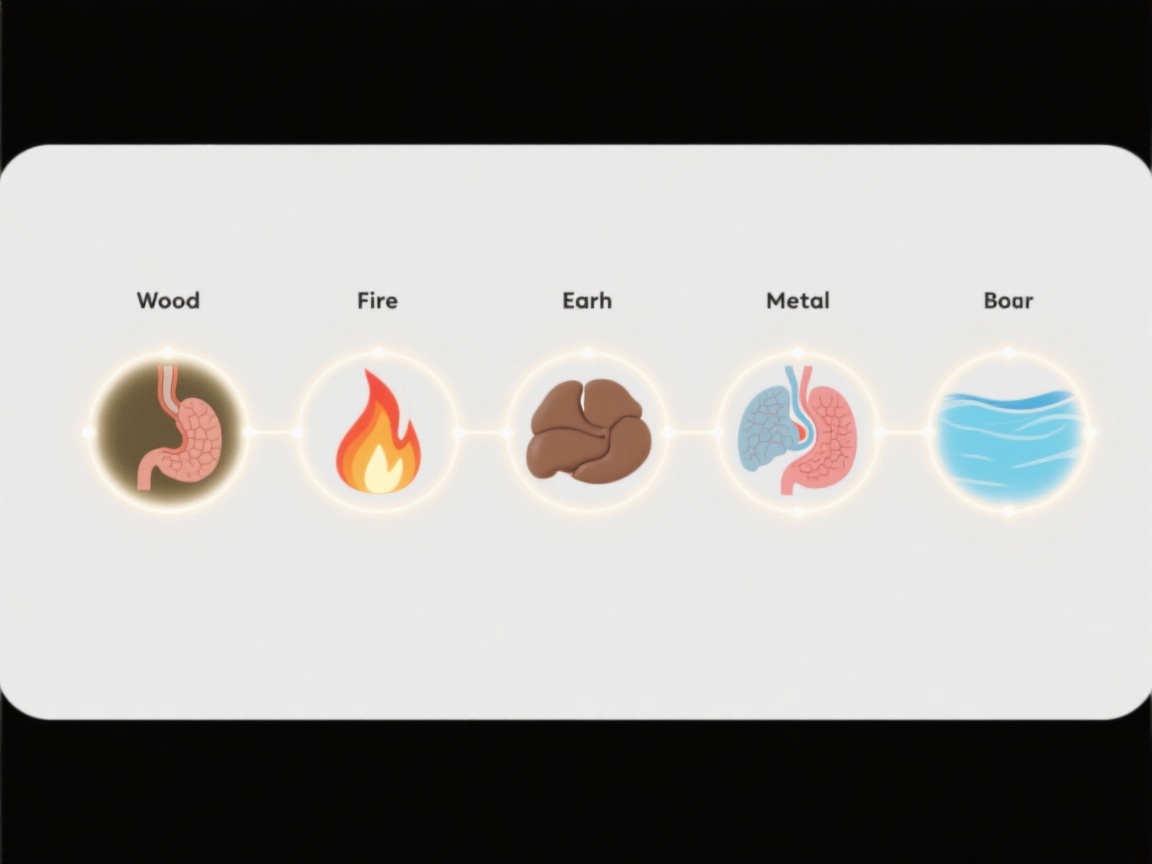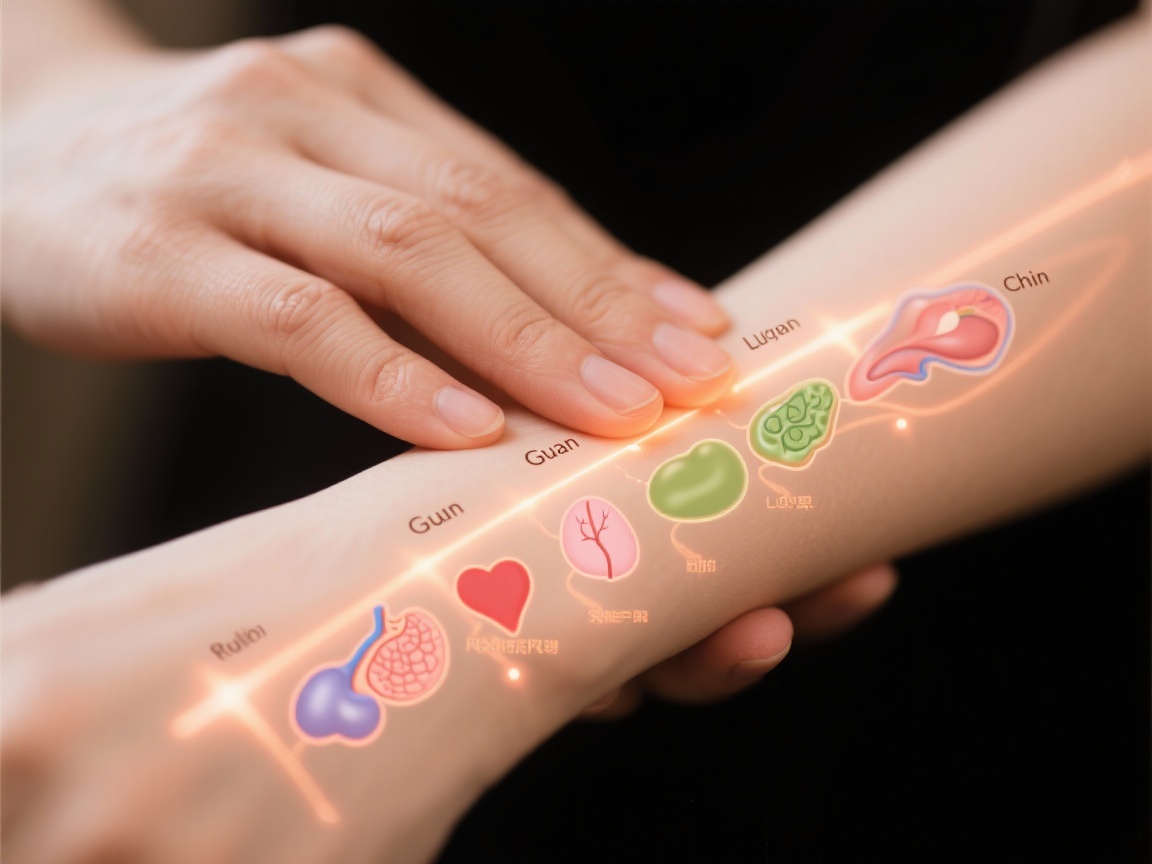Absolutely Amazed: Decode Your Body with TCM Pulse Diagnosis
Welcome to the fascinating world of TCM Pulse Diagnosis, a cornerstone of Traditional Chinese Medicine. This ancient method offers profound insights into your internal health.
It involves carefully feeling your pulse’s strength, speed, and overall rhythm. Practitioners use this to deeply assess the functional state of your Five Zang organs.
Feel the Rhythm: Understand Your Internal Harmony
Every unique pulse manifestation actually corresponds to a specific Five Elements imbalance. Learning these patterns can truly transform your understanding of wellness.
Reveal Patterns: Connect Pulse to Imbalance

Surprisingly Simple: Unraveling the 5 Elements Pulse Characteristics
Each of the Five Elements—Wood, Fire, Earth, Metal, and Water—links to unique pulse characteristics. Let’s explore these fascinating connections and how they reveal your body’s story.
Connect the Dots: Trace Your Elemental Patterns
The Wood pulse, tied to your Liver and Gallbladder, primarily presents as a wiry pulse. Imagine it as a tightly stretched violin string—tense, firm, and quite powerful.
Unravel the Wiry Pulse: Discover Liver Insights
When your Liver Qi gets stuck, like a traffic jam in your body’s energy flow, this pulse becomes notably wiry and thin. This Qi imbalance suggests a need for smoother flow.
Clear the Jam: Improve Energy Flow
However, if Liver Yang rises, indicating excess internal heat, the pulse manifests as wiry and rapid. A healthy Wood pulse feels soft yet strong, elastic like a flexible spring willow branch.
Embrace Flexibility: Cultivate Healthy Vitality
The Fire pulse, connected to your Heart and Small Intestine, typically shows as a surging pulse. It’s strong and powerful, arriving intensely and fading quickly, just like ocean waves.
Feel the Surge: Understand Heart Rhythms
Excessive Heart Fire, a state of internal overheating, makes this pulse surge powerfully and rapidly. If Heart Blood is insufficient, you’ll observe a thin and weak pulse instead.
Cool the Heat: Identify Overheating Signs
Ideally, a normal Fire pulse feels warm, gentle, and flows in a very orderly fashion. It resembles a pleasant, steady summer current, indicating internal balance and ease.
Seek Harmony: Feel Gentle Flow
Your Earth pulse, linked to the Spleen and Stomach, primarily presents as a slow pulse. This pulse feels gentle yet quite powerful, typically beating four times per breath.
Ground Yourself: Explore Spleen Strength
When your Spleen is deficient, the pulse becomes slow and weak, lacking vigor. If dampness troubles your Spleen and Stomach, it feels soft, slow, and somewhat slippery.
Clear the Fog: Dispel Dampness
This is similar to the sluggish feeling of mud after a heavy rain. Ideally, a healthy Earth pulse should feel stable, strong, and as grounded as solid earth.
Find Your Center: Cultivate Stability

The Metal pulse, connected to your Lung and Large Intestine, is usually a floating pulse. You can feel this pulse right on the surface, easily detected with just light pressure.
Breathe Deep: Understand Lung Health
When your Lung Qi is deficient, the pulse feels floating and also quite weak. Conversely, if there’s Lung Heat, the pulse becomes floating and rapid, indicating inflammation.
Soothe the Heat: Observe Rapid Pulses
A healthy Metal pulse should feel clear, orderly, and as clean as a brisk autumn wind. It reflects balanced respiratory function and healthy immunity.
Embrace Clarity: Feel Crisp Energy
Finally, the Water pulse, linked to your Kidney and Bladder, appears primarily as a deep pulse. This pulse is well-hidden beneath the surface, requiring firm pressure to feel it.
Dive Deep: Explore Kidney Vitality
If your Kidney Yang is deficient, expect the pulse to feel deep and also quite slow. For Kidney Yin deficiency, the pulse becomes deep, thin, and rather rapid.
Warm Your Core: Notice Slow Rhythms
Ideally, a normal Water pulse should feel deep, strong, and as calm as a tranquil deep pool. It signifies robust vital essence and deep inner peace.
Find Tranquility: Cultivate Inner Stillness

Confidently Apply: The Ins and Outs of Pulse Reading
Mastering pulse diagnosis requires specific techniques to accurately read your body’s signals. Place your index, middle, and ring fingers gently on the radial artery of the wrist.
Master the Art: Read Your Body’s Signals
These three fingers correspond to the “Cun,” “Guan,” and “Chi” positions, each revealing different organ insights. The Cun position helps assess the Heart and Lung, vital for circulation and respiration.
Map Your Body: Understand Pulse Positions
The Guan position offers insights into the Liver, Gallbladder, Spleen, and Stomach functions. Finally, the Chi position focuses on the Kidney and Bladder, crucial for energy and fluids.
Assess Vitality: Understand Lower Organs
By carefully feeling the pulse’s position, rate, strength, and rhythm, you can determine organ health. This detailed examination profoundly guides TCM practitioners in making comprehensive diagnostic assessments (This detailed examination guides TCM practitioners in comprehensive diagnostic assessments. [PMID:27965747]).
Guide Your Health: Receive Expert Diagnosis
Empoweringly Simple: Recognize Common Imbalanced Pulse Patterns
Recognizing common imbalanced pulses is key to understanding your health and guiding treatment. Liver Qi stagnation, for example, typically appears as a wiry and thin pulse.
Spot Imbalance: Guide Your Wellness Journey
Treatment for this condition aims to soothe the Liver and alleviate feelings of emotional constraint. Heart Fire blazing manifests as a surging and rapid pulse, often indicating internal heat.
Soothe and Relieve: Calm Your Liver
To address this, practitioners focus on clearing Heart fire and calming your spirit effectively. Spleen and Stomach deficiency shows as a slow and weak pulse, often indicating poor digestion.
Strengthen Digestion: Improve Your Gut Health
The remedy involves strengthening the Spleen and boosting your vital energy (Qi). Lung Qi deficiency presents as a floating and weak pulse, suggesting weakened respiratory function.
Support Respiration: Strengthen Lung Qi
Treatment will then focus on tonifying the Lung Qi to improve overall vitality. Kidney Essence deficiency appears as a deep and thin pulse, indicating a drain on vital reserves.
Replenish Reserves: Address Deficiency
For this, the goal is to tonify the Kidney and replenish essential essence effectively (To address this, the goal is to tonify the Kidney and replenish essential essence effectively. [PMID:25061614]). Understanding these specific TCM Pulse Diagnosis patterns empowers you to seek targeted wellness strategies.
Empower Your Health: Learn Targeted Strategies
Wisely Progress: Practical Tips for Your Pulse Journey
Mastering TCM Pulse Diagnosis truly requires dedicated, long-term practice and keen observation skills. Beginners should always start by focusing on feeling normal pulse manifestations first.
Practice Regularly: Hone Your Diagnostic Skills
Then, pay close attention to how seasonal changes naturally affect the pulse’s qualities. For example, a spring pulse might feel slightly wiry, like a taut string.
Observe Seasons: Note Subtle Shifts
A summer pulse often feels gently surging, much like a rolling, expansive wave. The late summer pulse can feel slightly slower, more relaxed, and grounded.
Relax in Late Summer: Feel Slower Rhythms
Autumn brings a pulse that is slightly floating, feeling light and airy. Finally, a winter pulse tends to be slightly deep, reflecting inner reserves (Finally, a winter pulse tends to be slightly deep, reflecting inner reserves. [PMID:24707248]).
Seek Depth: Understand Winter Pulses
By consistently comparing normal and abnormal pulse patterns, you’ll greatly improve your diagnostic accuracy. This foundational knowledge in TCM Pulse Diagnosis supports a journey of lifelong wellness.
Compare and Learn: Enhance Your Accuracy
References
(This detailed examination guides TCM practitioners in comprehensive diagnostic assessments. PMID:27965747)
(To address this, the goal is to tonify the Kidney and replenish essential essence effectively. PMID:25061614)
(Finally, a winter pulse tends to be slightly deep, reflecting inner reserves. PMID:24707248)
Quick Check-In: Your 3-Second Pulse Self-Test + 30-Second Rescue!
Ready to tune into your body’s subtle messages? Give yourself a quick pulse check right now!
* IF your pulse feels tense and wiry (like a guitar string) and you often feel frustrated or irritable
THEN Immediately take 3 deep, slow breaths, focusing on a long exhale, and gently massage your temples to soothe your Liver Qi.
* IF your pulse feels surging and very fast, and you’re experiencing restlessness or palpitations
THEN Immediately sip a glass of cool water and try lying down for 30 seconds with your feet elevated to calm your Heart.
* IF your pulse feels slow and weak, and you often feel sluggish or have poor digestion
THEN Immediately rub your hands together until warm, then gently place them over your navel for 30 seconds to support your Spleen.
Medical Disclaimer:This article is for educational use only and is not a substitute for professional medical advice.